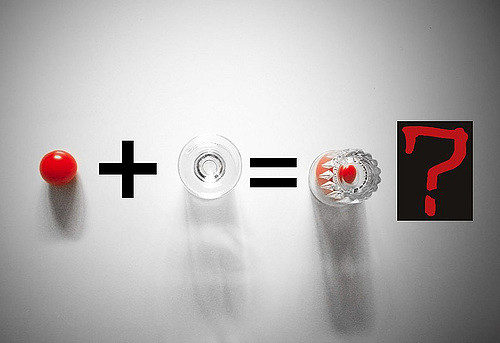The Order of Operations: Pemdas

The Meaning of PEMDAS
The Order of Operations are basic math rules to follow when using math operations like addition or subtraction and provides a order to get correct answers when solving math problems. The acronym PEMDAS when broken down gives you the words or symbols: parenthesis, exponents, multiplication, division, addition and subtraction. These are all individual math operations. And when you see two or more math operations in a single expression, or multiple operation being used at once, the order of the letters in the acronym PEMDAS guides you what to calculate 1st, 2nd, 3rd and so forth.
Seeing that it may be harder for some to remember the order of operations using the words parenthesis, exponents, multiplication, division, addition and subtraction, the acronym PEMDAS has been used as an abbreviated way to remember the order of operations. For an added memory jog, the phase Please Excuse My Dear Aunt Sally is also another fun way to remember the order of operations PEMDAS steps to solve math expressions.
Why Use PEMDAS?
When attempting to solve a math expression, following the universal order of operations, the guideline PEMDAS, is necessary for you to calculate only one correct answer. For example, If you attempt to solve 2 x 2 + 8 using PEMDAS, you multiply first and then add to get 12. However, if you add first and then multiply, without PEMDAS (the order of operations), you would get 20 as the answer. So is 12 correct or 20? Under the guideline of PEMDAS, 12 is the correct answer because you would multiply before you would use addition.
Also, Multiplication and Division / Addition and Subtraction need to be solved from left to right.
Get a more detailed perspective of PEMDAS, The order of operations goes as follows:
- P - Parenthesis & Brackets = Solve any math problems set between grouping symbols first. ( ), { }, [ ], and so forth. Do the math inside of this grouping first to simplify.
- E - Exponents = Any numbers with powers and square roots. Simplify
- M - Multiplication = Solve any multiplication problem in the expression from left to right. Multiplication and Division have the same priority, so they can be solved in any order, but before addition and subtraction.
- D - Division = Solve any division problem in the expression from left to right. Division and Multiplication have the same priority, so they can be solved in any order, but before addition and subtraction.
- A - Addition = Solve any addition problem in the expression from left to right. Addition and Subtraction have the same priority, so they can be solved in any order, but after Multiplication and Division.
- S - Subtraction = Solve any subtraction problem in the expression from left to right. Subtraction and Multiplication have the same priority, so they can be solved in any order, but after Multiplication and Division.
Keys to Remember With PEMDAS
Also, remember that the operations for addition and multiplication give you the same answer, regardless of their order: Example: 5 x 10 or 10 x 5 equals 50 both ways.
Solve all multiplication problems before addition.
Solve all multiplication and division problems before all addition and subtraction problems.
Use parenthesis to change the order of operations.
PEMDAS makes sense as a guideline to assure that we are all on the same page mathematically. Other fun phrases to remember the PEMDAS order of operations:
Please Excuse My Dear Aunt Sally
Please Eat My Dad's Apple Sauce
Put Every Medical Device Away Safety
Popcorn Every Monday Donuts Always Sunday



